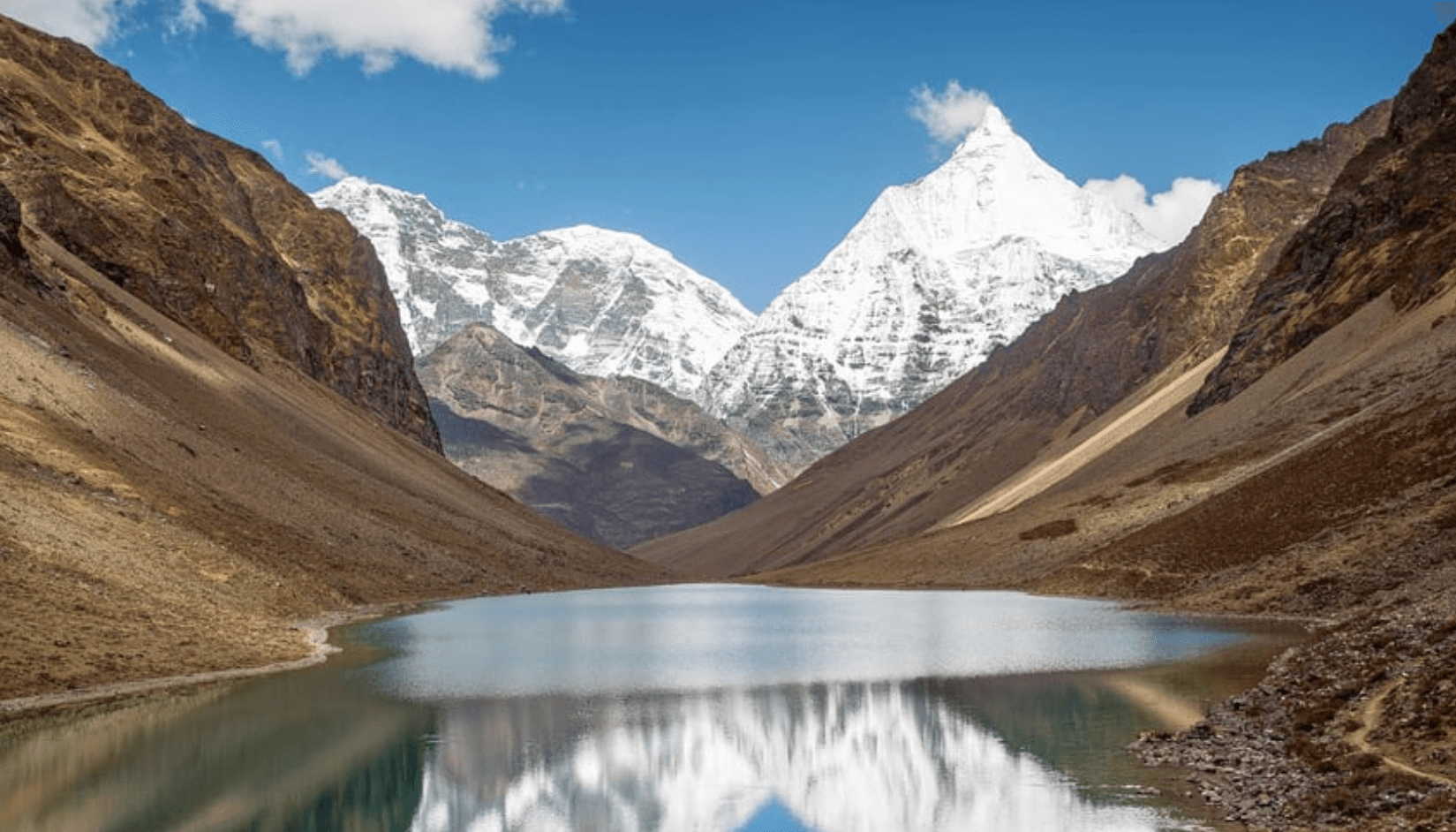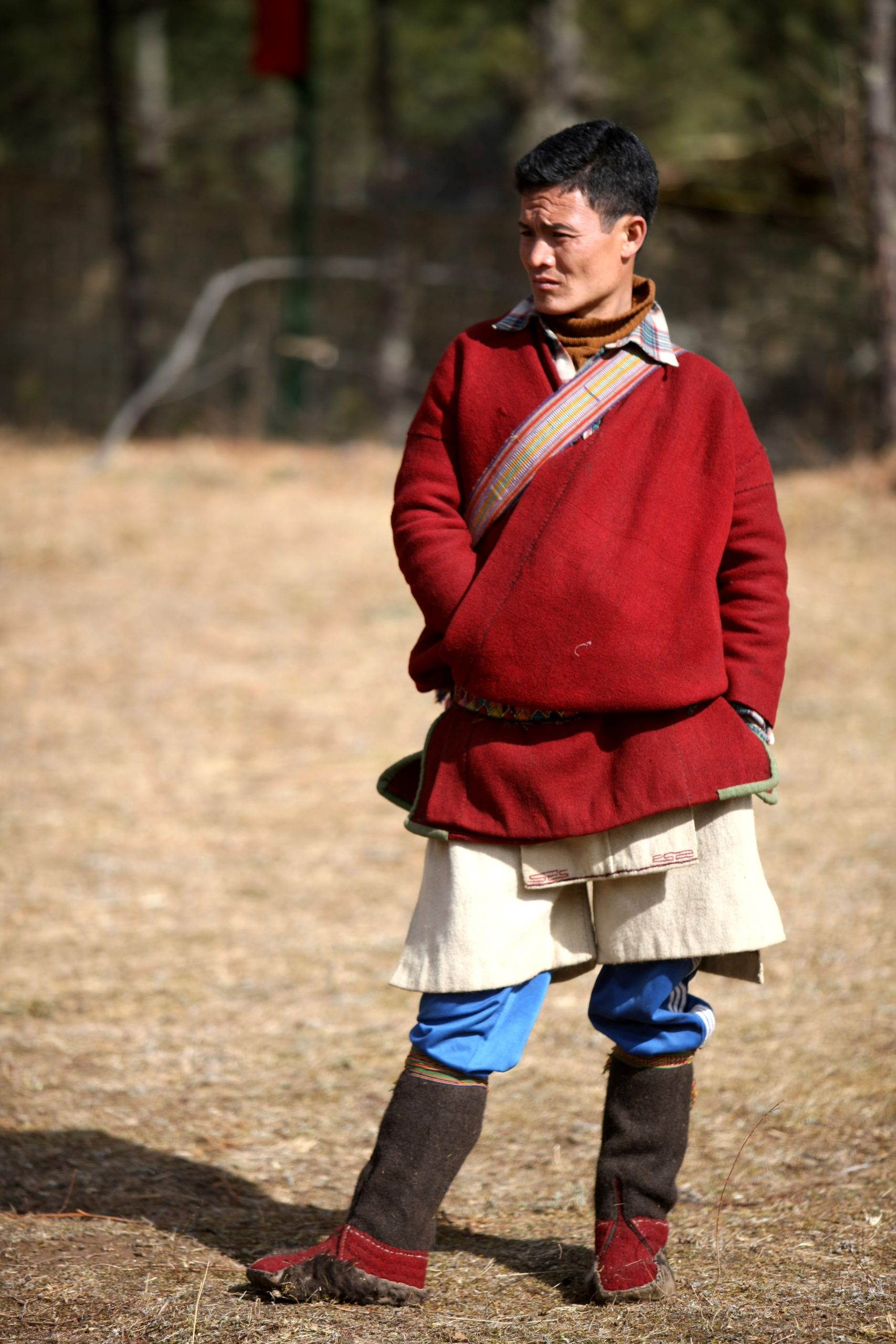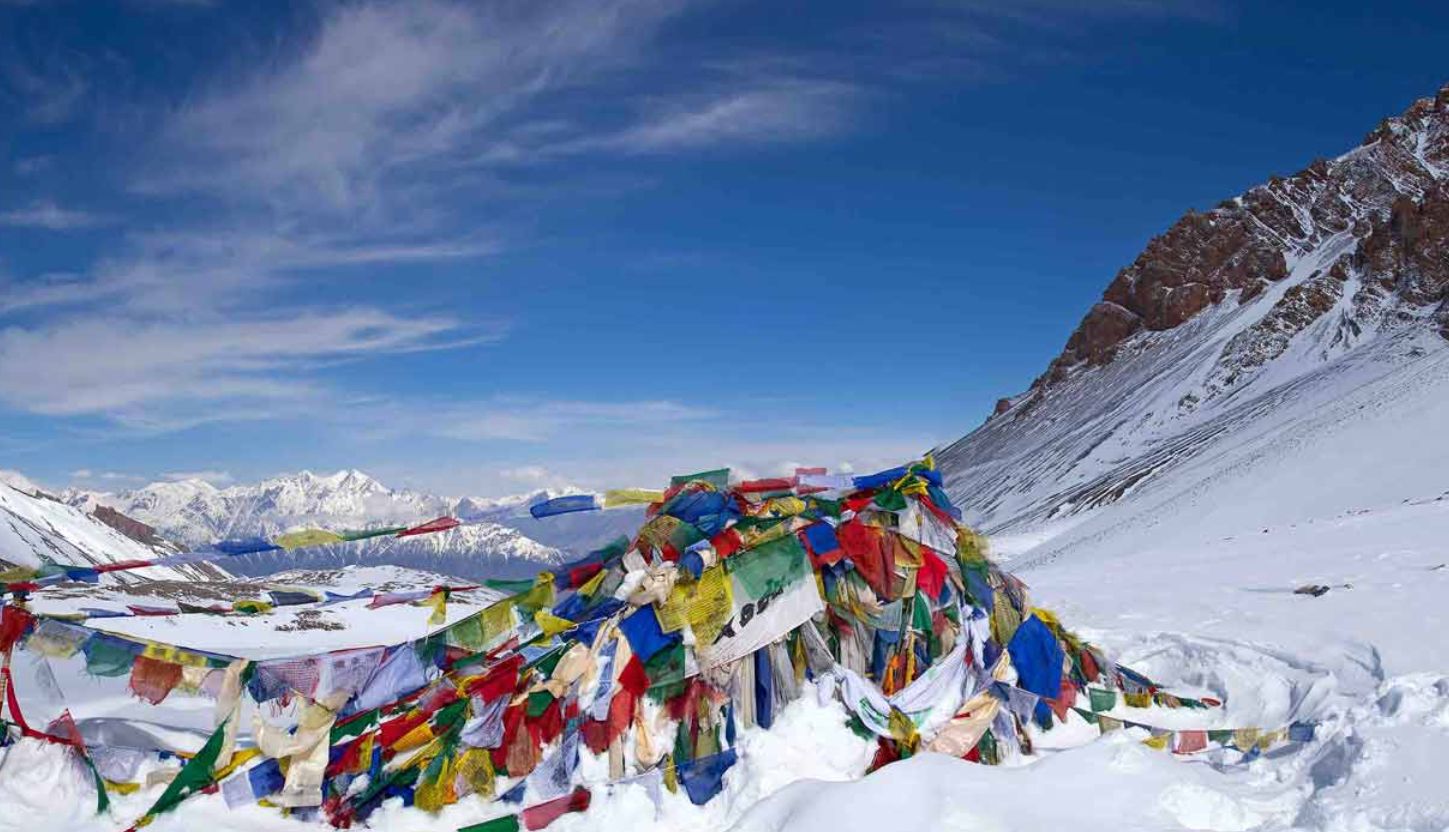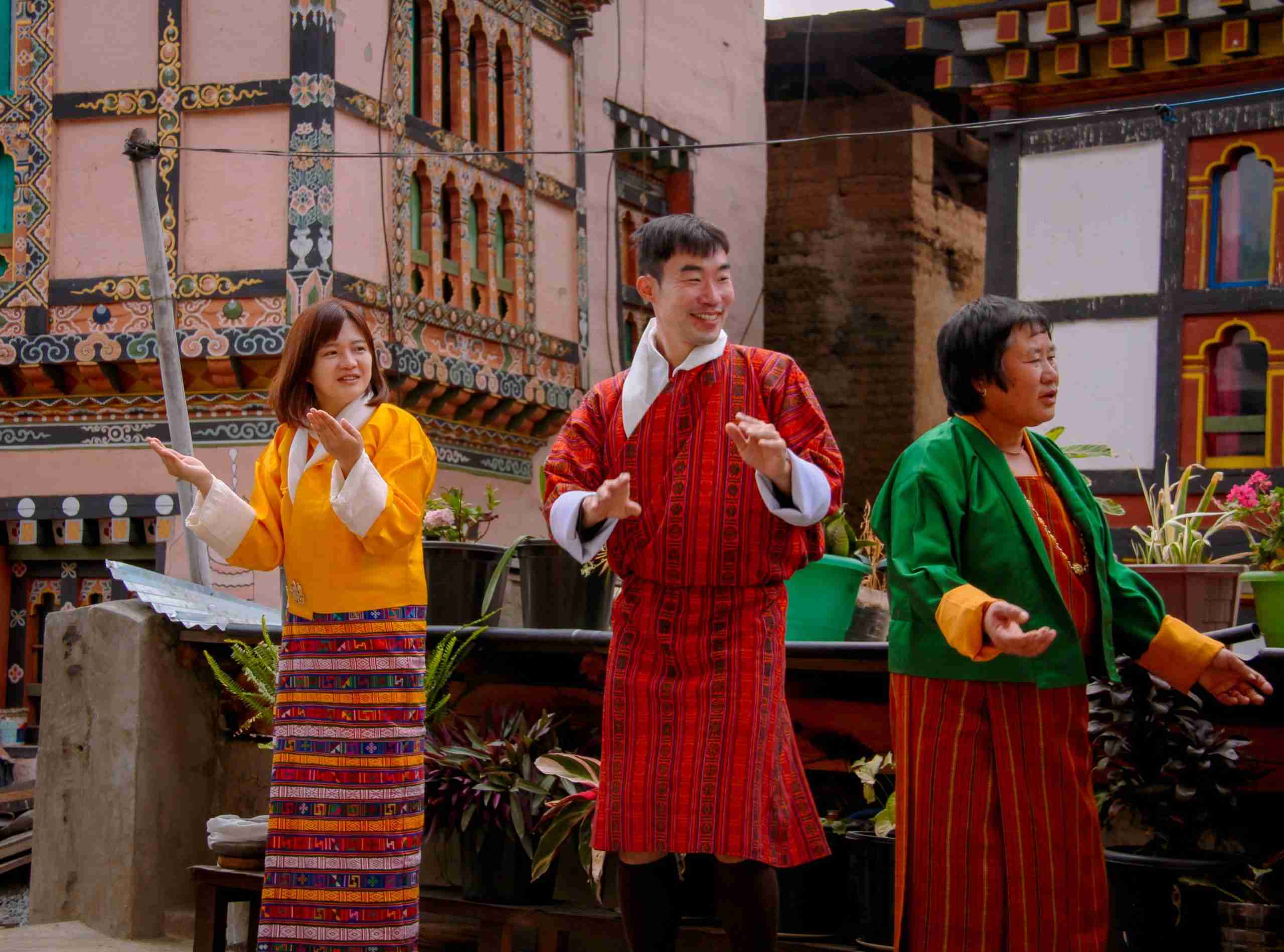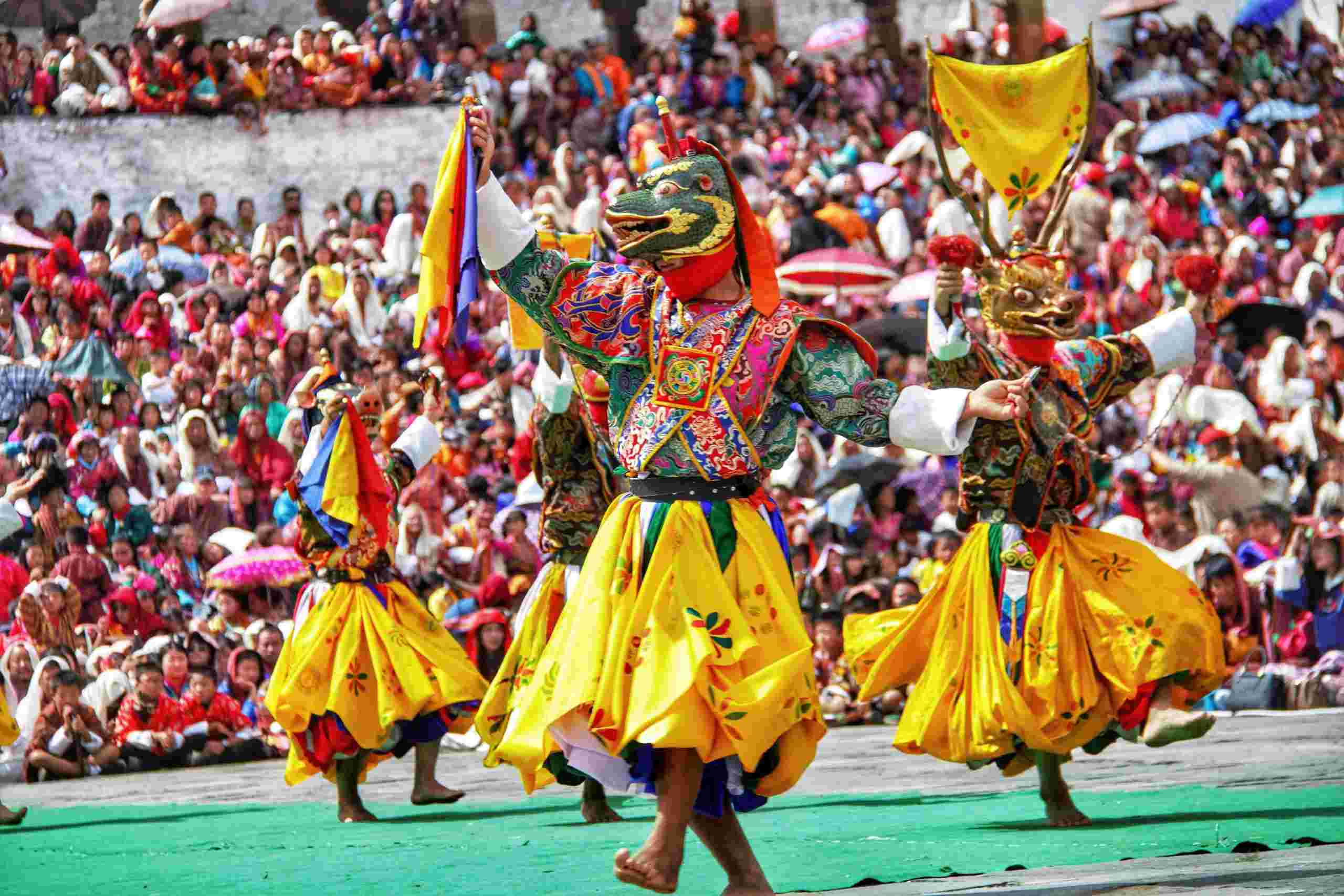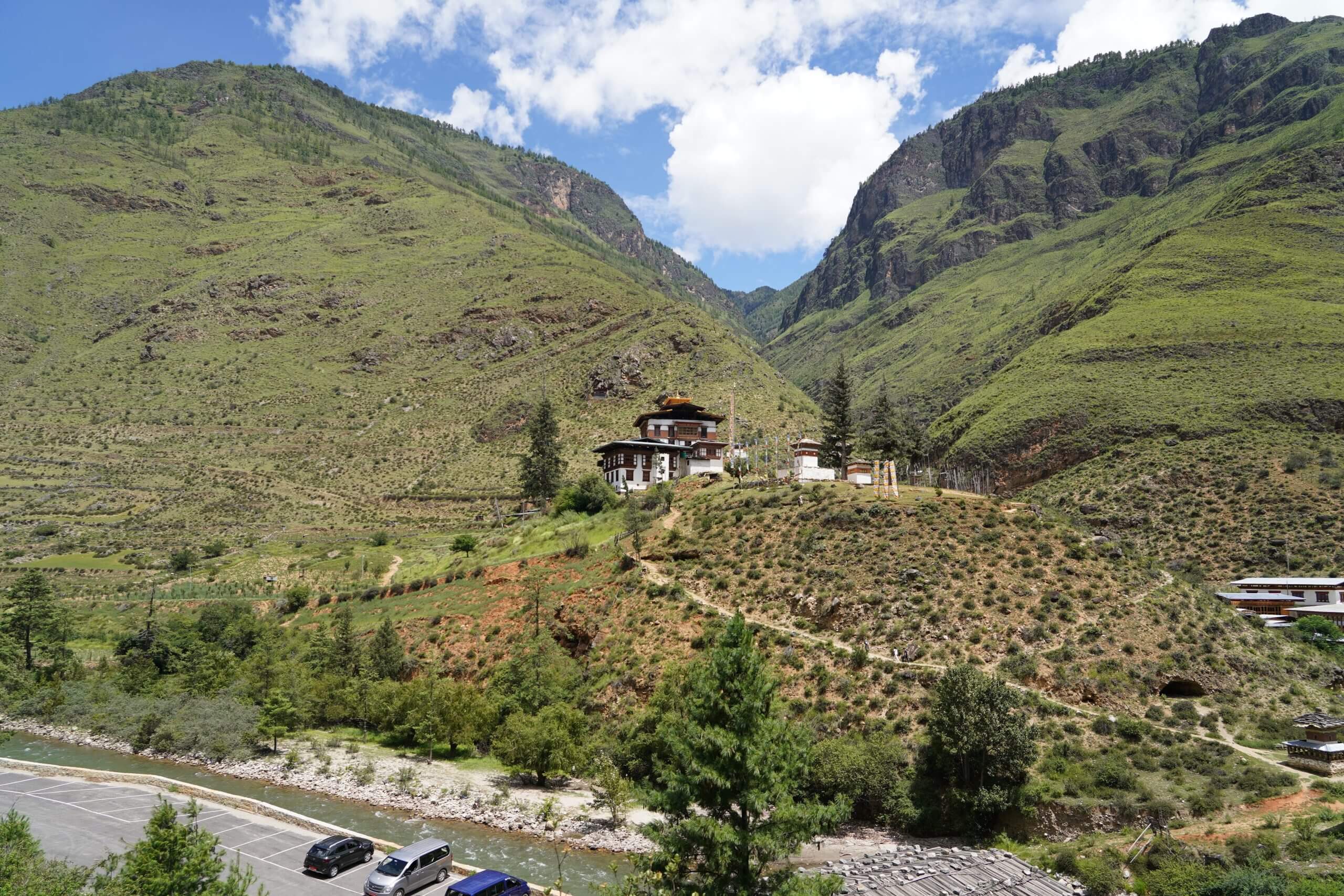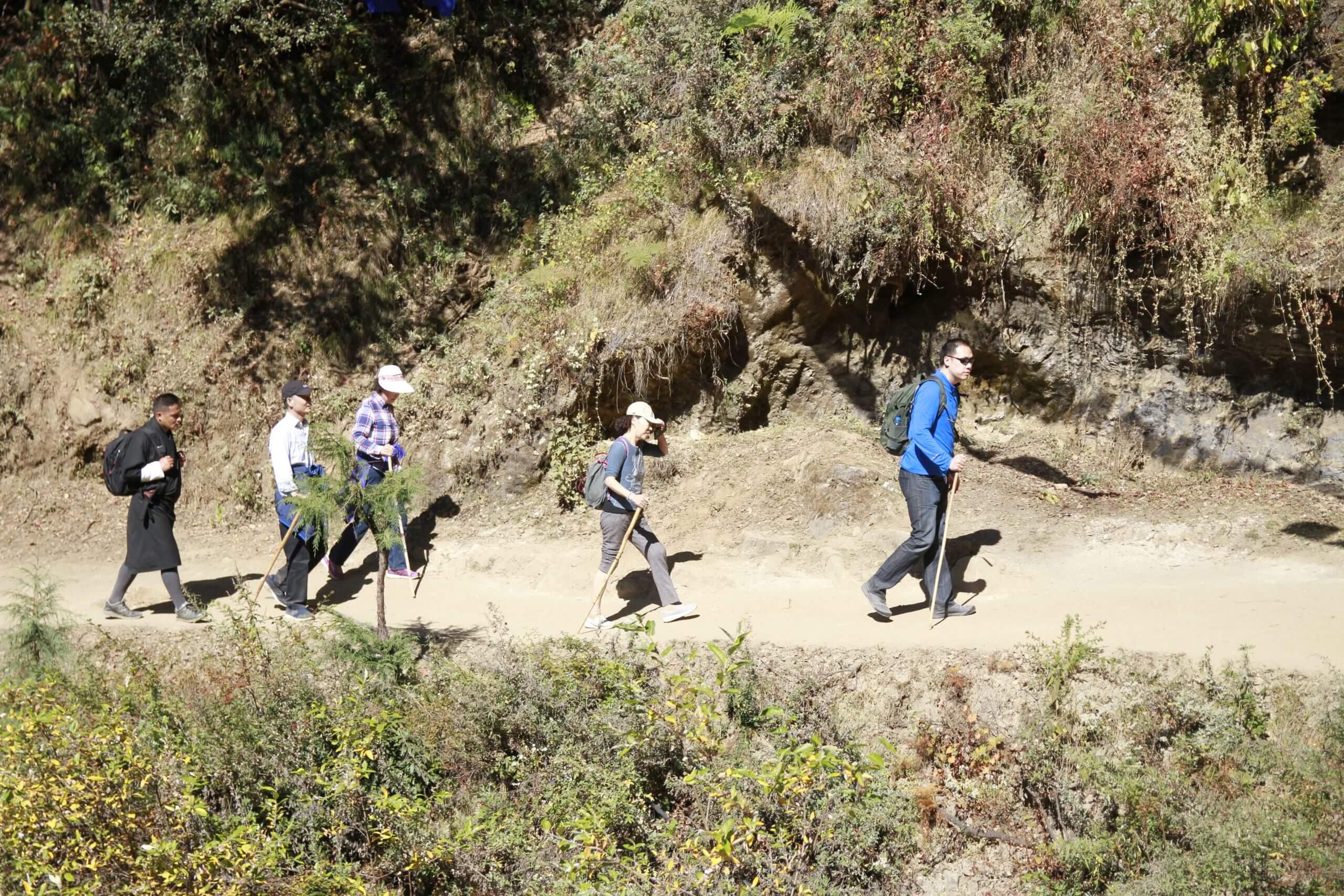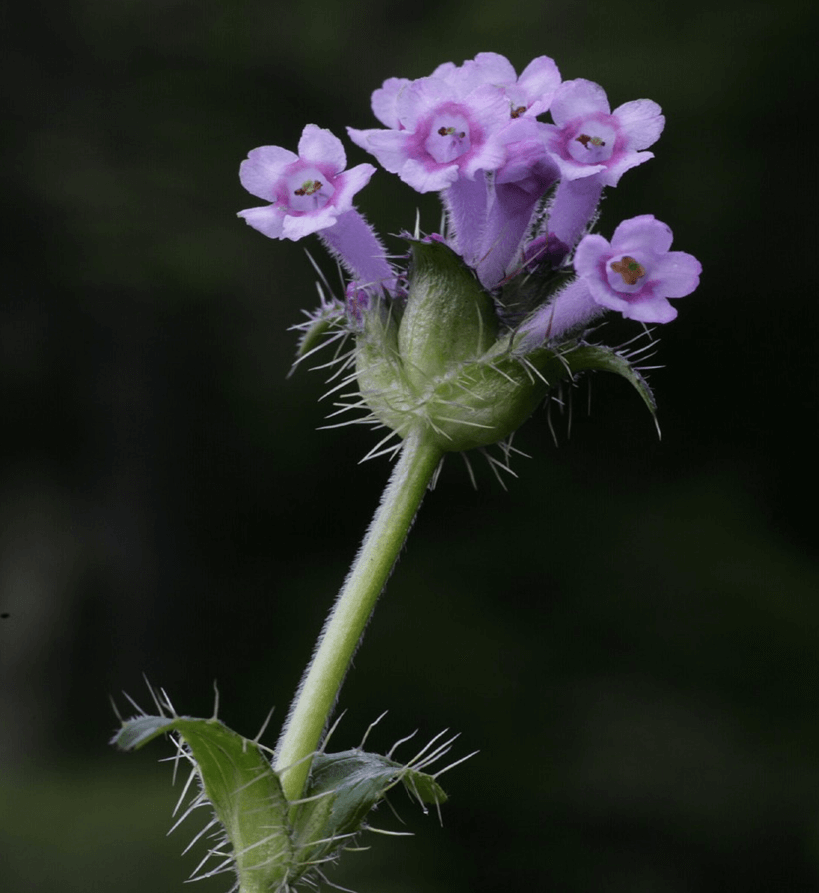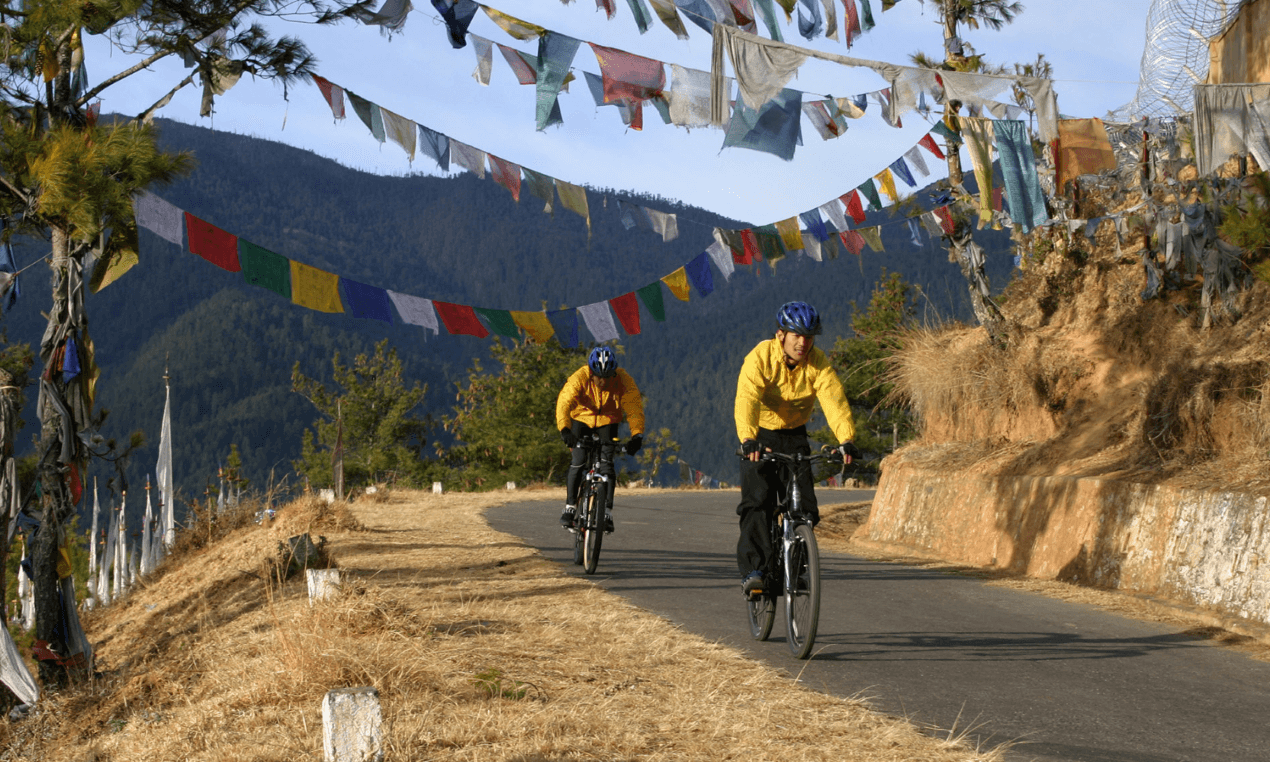Why choose Happiness Kingdom Travels
Package Customization
20+ Years of Experience
12+ Languages Fluent Guides
Government Certified Guides
18+ Dedicated Staffs
Bhutan Trekking Tours
For 1st ever Ed Sheeran show in Bhutan, Get Front Row VIP tickets on any package you book.
Only one-third of Bhutan can be explored by road journey, the rest comprising of nomadic villages, endless yak pastures, shimmering turquoise lakes, towering Rocky Mountains, and interesting yak herder camps remain hidden and tucked away. Trekking is the only way you can explore these hidden gems through Bhutan walking tours, Bhutan trekking tours, and Bhutan hiking tours.
Explore our tours
What our clients say
I just returned from a 7-day tour of Bhutan and had the privilege of Guide Dago Tshering and driver Geewan looking after me and my traveling companion. It was a dream come true for me after having placed Bhutan on my travel bucket list for decades. Their services were...
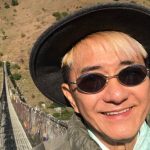 Adrian Loo
Adrian Loo
We had a very good experience for our first visit to Bhutan. The itinerary was very complete and our guide, Dago Tshering, was very knowledgeable and fun to be with. He was always prompt and attentive to our needs. We enjoyed the hike to Tiger Nest very much. The...
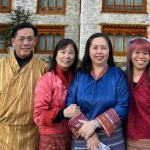 Jamie Tan
Jamie Tan
Great sights, great food, great iternary, awesome guide. A totally unexpected enjoyable experience in Bhutan.
 Laura Lim
Laura Lim
Bhutan Trekking Tours – Best Time for Trekking in Bhutan
Most of the Bhutan trekking holidays happen in the spring or autumn because the weather is extremely pleasant during those seasons. It has been observed that the best period for trekking is from late September to mid-November, while the second best time for high-altitude hiking in Bhutan is from late March to mid-May.
Spring Season
The greatest time to go trekking is still in the spring, even though it occasionally rains, especially in May when the temperature is approximately 70 degrees Fahrenheit. Rhododendron woods are in flower during this time, and if you’re lucky, your Bhutan trekking tours will be well worth it because you’ll get to view the rare blue poppy.
Summer Season
Summer is generally not the ideal season for Bhutan hiking tours but some people still enjoy trekking during this season. Allow yourself to take part in Bhutan trekking trips in the summer, when the days tend to be clear and lush if you want to experience a serene atmosphere. Between July and August, there are typically showers every day; however, the heavier downpours frequently happen at night, so you may still happily enjoy your hikes.
Autumn Season
The best season to go hiking in Bhutan is in the autumn since the weather is quite consistent and the sky is always clear and blue. There aren’t many clouds in the sky, therefore at night, you can see the most amazing view of the Himalayan parks decorated with a starry sky. In general, you should have fun hiking in Bhutan at this time.
Winter Season
Even while winter may not be the ideal season for most activities, Bhutan has some excellent hiking paths, like Samtegang Nabji Korphu and Manas Trek. Most paths are under heavy snowfall during that time (late November to early March), and the passes are nearly saturated with snow. On the other hand, low areas have warmer temperatures, which is a little better for hikes. Overall, there is no ideal time to go on a Bhutan trekking tour; therefore, you can go trekking all year round.
Bhutan Trekking Tips – Information and Guide
It’s crucial to realize that you’ll be trekking with very little oxygen available at this type of altitude since many of the Bhutan trekking paths will take you across high mountain passes and reach heights of more than 5,000 meters. If not treated seriously, altitude sickness poses a very significant risk to one’s health and, in rare situations, can even be fatal. Regardless of the route you choose, it’s critical to plan and ensure you have all the safety-related trekking gear you’ll need. If you are not a resident of Bangladesh, India, or the Maldives, you must obtain a visa as well as a trekking permit from a Bhutanese travel firm that is authorised to operate there. For larger trekking parties, discounts on the daily visa charge are typically available. Although English is the majority language in Bhutan, communication shouldn’t be a problem despite Dzongkha being the official language. Since the only places with ATMs are the major towns, you should always bring cash with you since ngultrum is the local currency.
Necessary Trekking Gears
Even though Bhutan’s peaceful tours and treks continue to supply trekking necessities like tents and cooking utensils on the trek route, there are still several items that are not available. You must bring all additional necessary trekking equipment because you would never want to get stuck in high altitudes especially due to a lack of trekking gear or necessary items. Additionally, the items on the list below are quite helpful, and the majority of them are required for a lengthy walk.
General trekking items
Some of the most Socks trekking items that are generally required in all types of trekking are, Trekking or running shoes, Camps shoes or Thongs Clothing, Sun hat, Underwear, T-shirts/ blouses, Pants (trekking pants), Waterproof jacket, raincoat or umbrella, Short or skirt (hiking), Jump/ Pile jacket, Down/ Fibre-filled jacket, Rucksack, Sleeping bag, Water bottle, Torch etc
Special Equipment for Bhutan Treks
Mountain trekking boots, Socks, Long underwear, Woolen hat, Gloves, Long gaiter, Insulating pants, Nylon windbreakers, Photography Equipment, Lenses and Camera, Lenses cleaning, Film, Compass, Binoculars, Thermometer, some books to read in spare time, Sunglasses and Sunblock
Will the Bhutan Trekking Trip suit me?
As it has been discussed in length previously Bhutan trekking is all about trekking in difficult terrains which is very much physically demanding and requires a lot of mental and physical strength. Mountains in Bhutan have steep valleys and are in very high altitudes where the climate changes frequently. As far as adapting to these tough situations is concerned, it all depends upon your physical and mental strength as well as fitness. Many elderly people who are physically fit can sail through the trekking journey while some young people give up due to lack of fitness. It is always advised to travel in a group of 8-10 people especially when you are doing a trekking trip so that everybody can motivate everybody else in the team in difficult terrains. Since tour guides mostly accompany groups during their trekking journey, you should not be worried about medical problems as they have emergency medical kits and services available with them 24*7. People with altitude sickness and motion sickness must avoid trekking trips in the mountains as they will be struggling with their health all the time and will not be able to enjoy the trip to its fullest. Apart from some special sicknesses, most people with good mental and physical health can take these trips because Bhutan trekking trips are considered to be one of the best trekking trips in the world and people who can take up, should go and see some of the most beautiful mountains, valleys and breath-taking sceneries of their lives in Bhutan. The gears and necessary equipment mentioned above must be carried throughout the trip so that the whole journey is comfortable and there are no discomforts whatsoever due to health and other emergencies.
Best time to visit Nepal?
Answer: Nepal has a diverse range of elevations and climates, which can cause weather variations between regions, making it difficult to make general statements about seasonal weather. However, spring and fall are popular for trekking due to stable weather and clear skies, while winter and summer have unique advantages and fewer crowds. Winter is good for trekking in lower elevations and visiting the jungles of Chitwan and Bardia, while summer is best for visiting the “rain shadow” areas of Upper Mustang and Nar Phu.
Do I need any additional documents?
Ut enim ad minim veniam, quis nostrud exercitation ullamco laboris nisi ut aliquip ex ea commodo consequat. Duis aute irure dolor reprehenderit.
Is wi-fi available?
Answer: Yes, wi-fi is available in each hotel in Lhasa.





